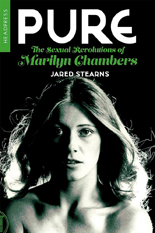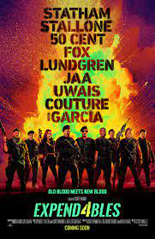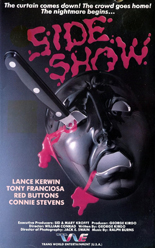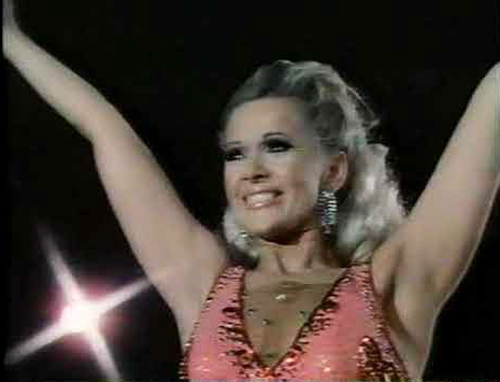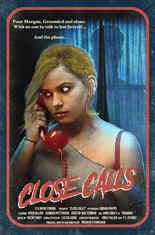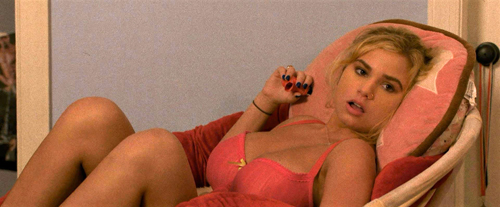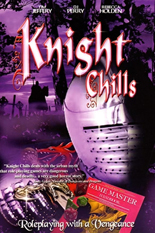
I don’t recall a time in which I wasn’t aware of ’70s porn sensation Marilyn Chambers; growing up watching Johnny Carson’s monologue from the foot of your parents’ bed will do that to a kid. Let’s put aside whether a child should even understand what Behind the Green Door was, much less what went on there. The fact is, Chambers’ name was everywhere, even if her work wasn’t as accessible as the three network TV channels.
To this day, I’ve never seen her appear in anything other than David Cronenberg’s Rabid, which, being rated R, kneels a level below the style of films for which she became famous and/or infamous. I hold neither either affection nor attachment (nor ire, it should be noted.)
All that to say, for 2024, Jared Stearns’ Pure: The Sexual Revolutions of Marilyn Chambers is the biography I didn’t know I needed.
Given the subject matter, I was concerned Pure might reveal itself as hackwork. I can’t tell you how many fringe-culture bios read like public records, even beginning with, “[Name] was born on [date] in [city and state].” My worries were unfounded; like his subject, Stearns is determined to defy expectations from the outset.
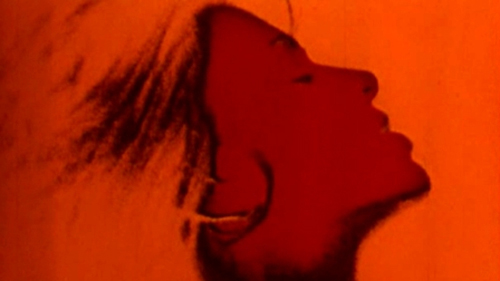
You wouldn’t know this was his first rodeo. He’s a gifted writer who knows how to tell a story, and it would be difficult to imagine a tale with as many ups and downs (and ins and outs) as Chambers’. From his own interviews and extensive research, he relays her modest beginnings as a “show-off” among in an emotionally cold Connecticut family to a high school model wholesome enough to be selected for the Ivory Snow detergent box.
By the time that packaging hit grocery shelves, Chambers had accidentally leapt into the career that forever defined her: porn star. She thought no one would see Behind the Green Door; instead, it rode the Deep Throat wave into a cultural behemoth of “porn chic,” making the actress an instant icon.
Most of the remainder of Pure, published by Headpress and named after Ivory’s “99 44/100th pure” slogan, details her attempts to use porn as a stepping stone, only to be shoved aside every time. Whatever she reached for — Hollywood legitimacy, a recording contract, a loving spouse — was removed from her grasp. Although Chambers could be her own worst enemy, many of her setbacks can be blamed on husband No. 2, Chuck Traynor, the former Mr. Linda Lovelace and professional piece of shit. (Not for nothing does “Dog Fucker (short)” appear atop “domestic violence” in the index.)
It’s a hell of a survival story — and one without a happy ending, as Chambers died in 2009 at the tragically young age of 56.
Stearns’ portrait is mostly sympathetic. Clearly, he holds magnificent reverence for her, yet does not shy away from sharing incidents that place her in a negative light. In total, the point of Pure is granting Chambers the credit and acceptance she deserves, which the author argues go beyond acts captured on celluloid. She was, after all, what most of America refused to see her as in her lifetime: human. —Rod Lott

